Brian Leslie's Blog Posts
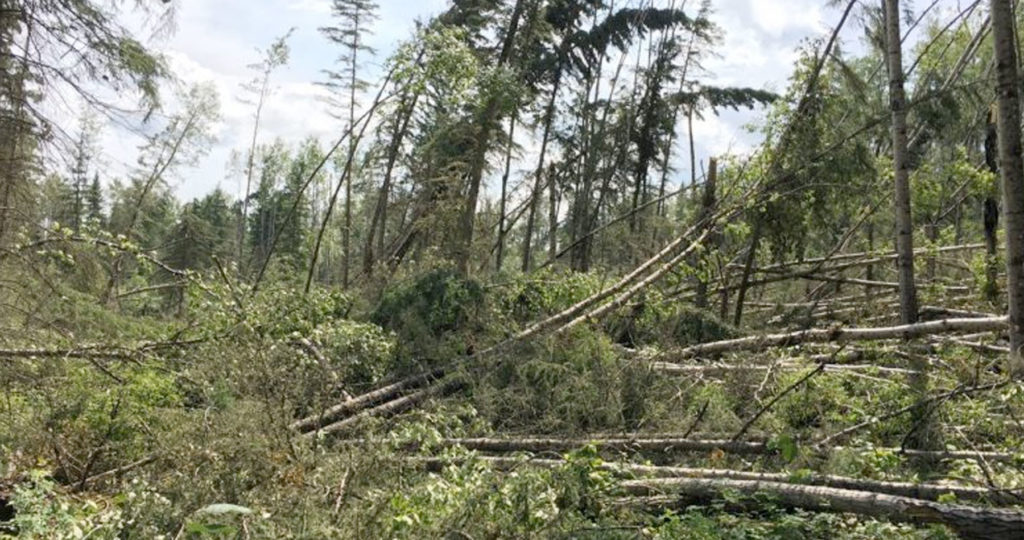
May 9, 2019
Wind Storm in the Slave Lake Region Aids in the Discovery of Giant Archaeological Site.
In July of 2017, some forests in the vicinity of Slave Lake experienced catastrophic blow down when a fast moving storm swept through central Alberta. The large storm system caused high winds and localized flooding in many areas, including Slave Lake and Edmonton. It also dropped golf ball sized hail on Drayton Valley and spawned
Keep Reading

April 24, 2019
Edible Plant Series – Wild Mushrooms
For this installment of the Edible Plant Series I decided to take a bite out of mushrooms. Before I get into the bread and butter of this topic, I must first do what everyone must do when they are discussing eating wild mushrooms. I must state: DO NOT EAT ANY MUSHROOMS THAT YOU CAN NOT
Keep Reading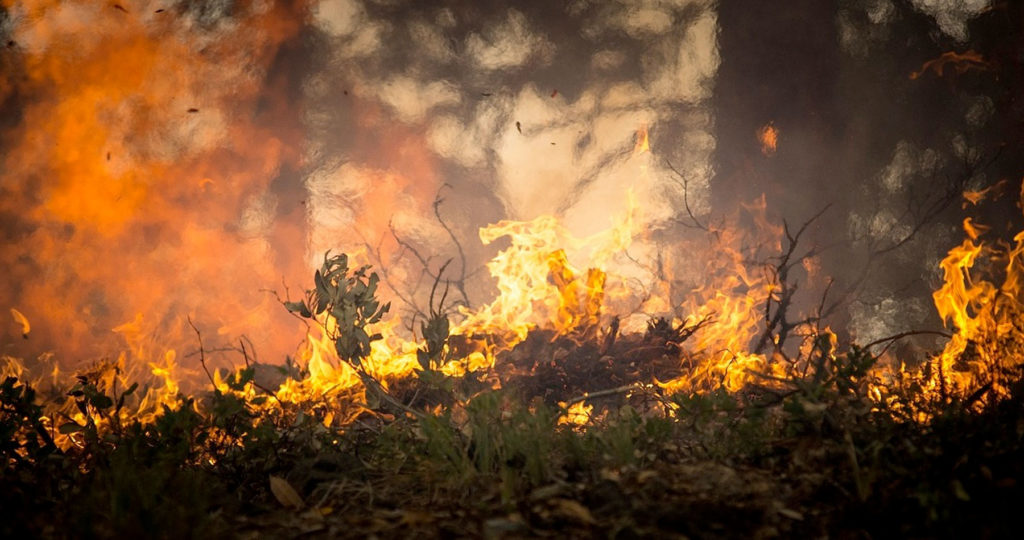

April 17, 2019
Wildfire and Archaeology: The good, the bad, and the opportunity
In recent years, wildfires in Canada and the United States have brought devastation to many communities. In the last 10 years, wildfires have burned nearly two million hectares of land in Canada alone. Human intervention, aimed at stemming the destruction wrought by wildfires during the last century, has actually increased the threat of large fires
Keep Reading

April 1, 2019
Food on the Road
It’s the little things that keep you going during a 10 day survey shift, and we archaeologists at Tree Time Services Inc. all have our own favorite go-to food depending on where we are in the province. For this week’s post, I decided to ask my fellow archaeologists what their favorite on the road food
Keep Reading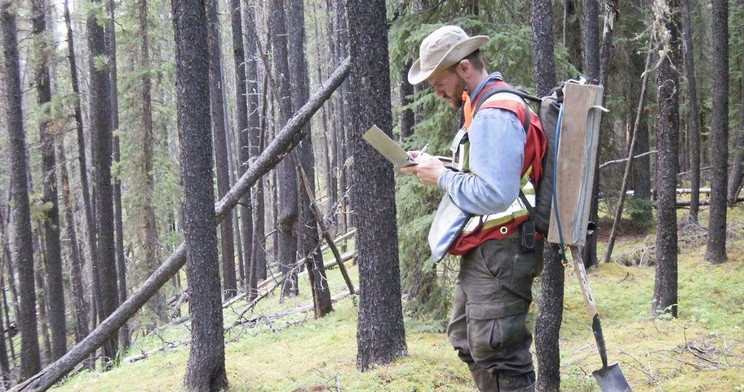

September 11, 2018
Gear Review – Load-Bearing Equipment
Anyone that works all day in the wilderness knows the importance of having a quality piece of Load Bearing Equipment (LBE) that accommodates all the odds and ends that are required of your profession, while being comfortable enough to wear for prolonged periods. LBE comes in a variety of styles, from the standard Cruise Vest,
Keep Reading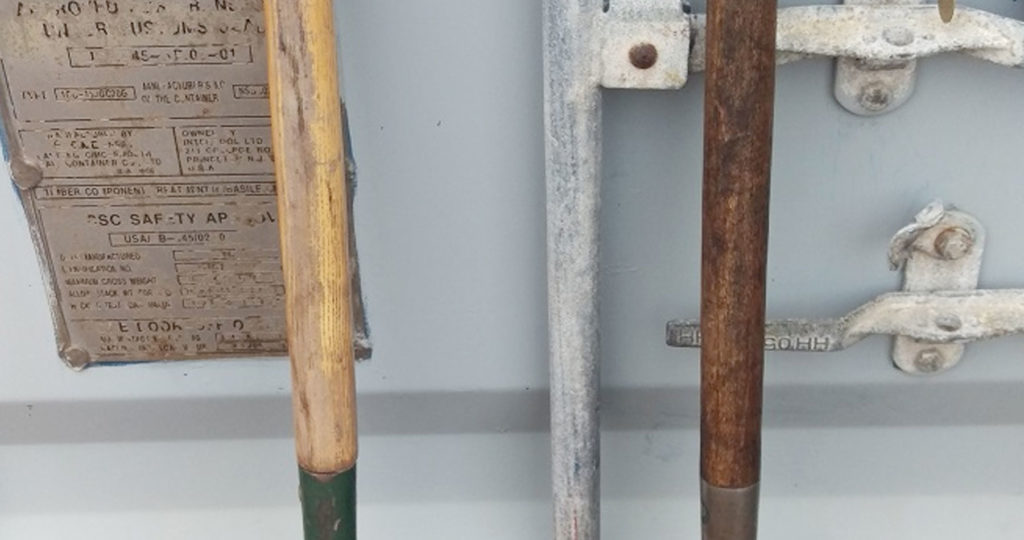

July 31, 2018
Gear Review – Bulldog Spades
As a CRM archaeologist, my shovel is one of my most utilized pieces of equipment. Delicate excavation requires the fine touch that a trowel provides and archaeologists that do a great deal of this type of work are generally very picky about their trowels. Similarly, those of us that spend their days digging test pits
Keep Reading

July 3, 2018
The Alook Site – HaPl-1
Although the Wabasca-Desmarais regions is rich in cultural heritage, very few in-depth archaeological investigations have been conducted. HaPl-1, also known as the Alook site, is one of the few sites in the region that has actually been excavated or received any interest past its initial identification. In the 1960s and again in the 1070s, a
Keep Reading

June 19, 2018
Archaeology Around the Wabasca-Desmarais Area
The Wabasca-Desmarais region is rich in heritage of all types, such as archaeological, palaeontological and historic sites and trails. In addition, there are unexplored landscapes that have the potential to contain countless unrecorded sites. Early archaeological research in the area was conducted through government surveys or University funded projects. Over the last 10 to 15
Keep Reading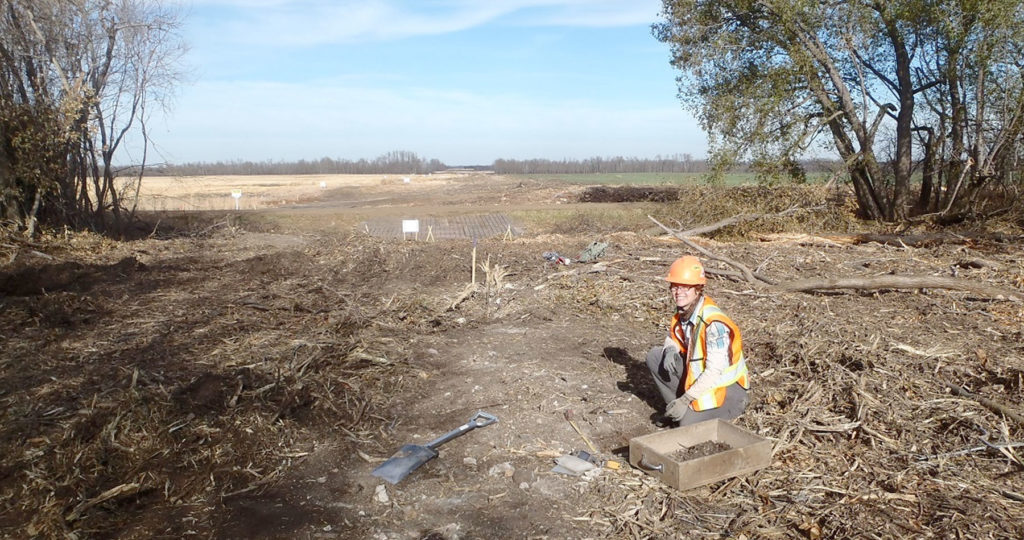

May 8, 2018
Albertus Magnus – Patron Saint of Archaeology
The religious tradition of designating a patron saint to a profession or activity is a long standing one, and it is of no surprise that a heavenly protector, or advocate, has been claimed by archaeologists. When it comes to patron saints, archaeologists, like many other professions have claimed more than one patron. Some consider St.
Keep Reading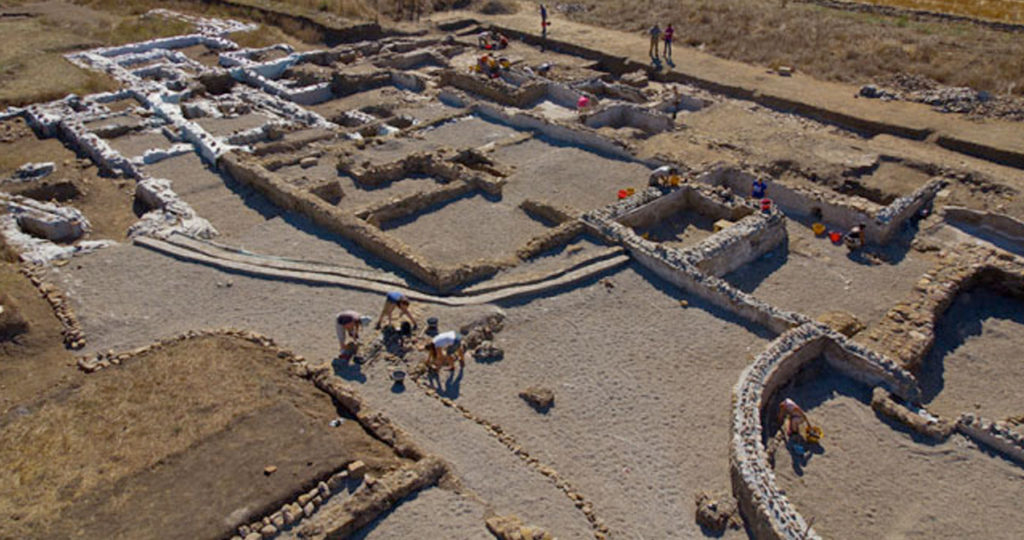

April 17, 2018
Field School in Southern Italy: Vulture Project
While working on my Master’s in Anthropology at the University of Alberta, I had the privilege of being a member of the Vulture Archaeological Project. During the summers of 2009 to 2012, in the town of Rionero, Italy, I was part of an international team of academics and students attempting to gain a better understanding
Keep Reading